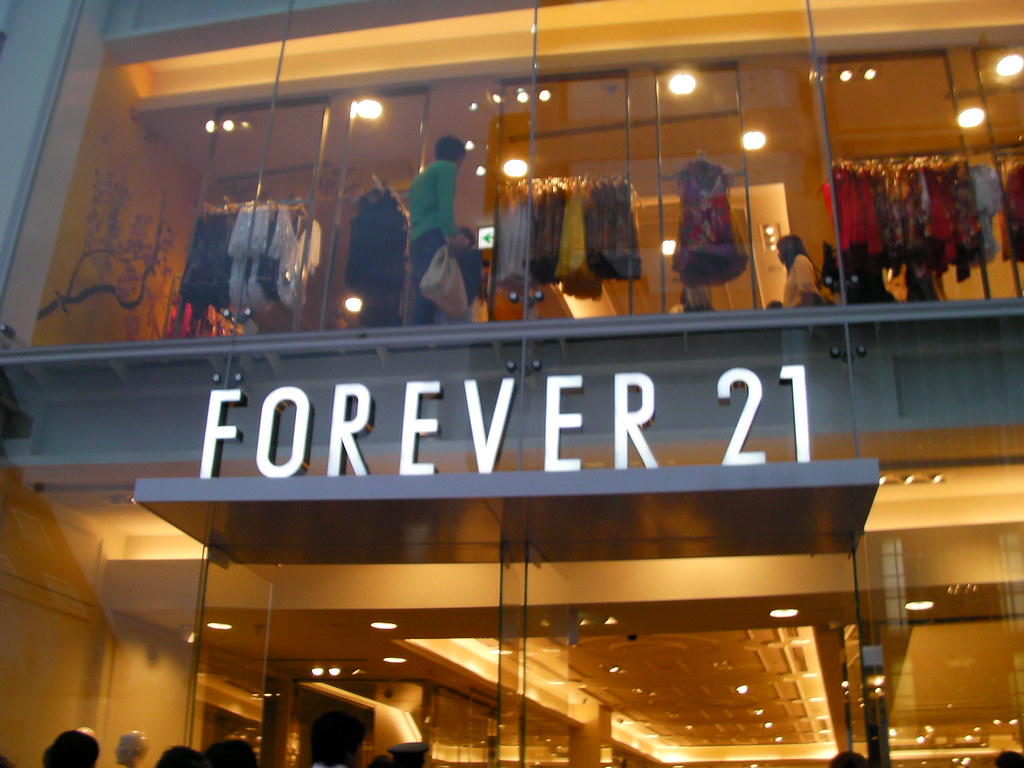
Forever 21, the iconic fast-fashion retailer known for its trend-driven apparel, is once again grappling with financial instability. The company is contemplating a second bankruptcy filing as it struggles to manage inventory and achieve profitability. Despite efforts to find a buyer to prevent its demise, the retailer’s future remains uncertain. Talks with liquidators underscore the challenging path ahead for Forever 21, which has been unable to secure an interested acquirer.
Partnership with Shein and Mixed Results
Forever 21’s recent partnership with Shein, a former rival turned collaborator, has yielded mixed results. The retailer has been attempting to cut costs and boost sales, a process that CEO Daniel Kulle describes as a “work in progress.” However, challenges in managing inventory and reducing costs have hampered these efforts.
The company previously sought bankruptcy protection in 2019, which allowed it to restructure its balance sheet and terminate several costly leases. Despite this restructuring, Forever 21 has struggled to adapt to the evolving competitive landscape dominated by emerging giants like Shein and Temu. These Chinese e-tailers have captured the fast-fashion market with their rapid production cycles and competitive pricing, leaving Forever 21 struggling to keep pace.
Exploring Strategic Options and Financial Relief
In response to its ongoing challenges, Forever 21 is exploring strategic options, including the possibility of a sale or further restructuring. Discussions have been held with landlords about reducing rents by up to 50% at certain locations in an effort to alleviate financial burdens. Authentic Brands Group, which owns Forever 21’s intellectual property, is often at the forefront of acquiring assets from companies facing bankruptcy.
Restructuring attorney and Debtwire’s head of legal, Sarah Foss, commented on the situation, stating:
“Those are often the front runners we’re seeing in some of these retail bankruptcies.”
Forever 21’s struggle is indicative of the rapidly changing dynamics within the fast-fashion industry. The retailer’s inability to adapt swiftly to new competitive threats highlights the difficulties faced by traditional fast-fashion brands in a marketplace increasingly dominated by agile online competitors.
The company’s first experience with Chapter 11 bankruptcy was intended to provide a fresh start. However, Forever 21 has not managed to effectively address the underlying issues that led to its initial downfall. Its failure to innovate and remain relevant in the face of formidable competition has left it vulnerable to further financial distress.
The search for a buyer who can reinvigorate the brand or implement a successful turnaround strategy remains a top priority for Forever 21. Yet, finding such an investor proves challenging given the brand’s current financial state and the evolving demands of the fashion industry.
The rise of Shein and Temu as dominant players in the fast-fashion sector has fundamentally altered the market landscape. Forever 21’s struggles exemplify how drastically this category has evolved over recent years, posing significant challenges for established brands trying to survive in this new environment.
What The Author Thinks
Forever 21’s ongoing financial struggles and the uncertainty surrounding its future reflect the rapidly evolving fashion landscape. Despite its rich history and established brand, the company has failed to adapt swiftly enough to compete with agile and innovative rivals like Shein and Temu. The prospect of a second bankruptcy filing signals the difficulty traditional retailers face in a digital-first market, and whether Forever 21 can find a buyer capable of reinvigorating the brand remains a major question for the fashion industry.
Featured image credit: bakkenrecord via Flickr
Follow us for more breaking news on DMR
